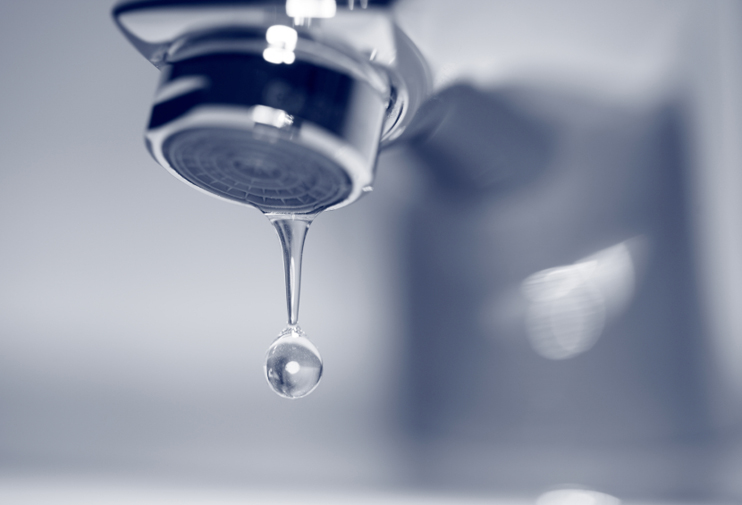Thursday, 18/12/2025 | 01:59 GMT+7
Electric razors or toothbrushes, a long soak in a bubble bath and an on-demand water heater can all affect energy consumption in the bathroom. Read our energy-saving tips for the bathroom to find out how you can save energy without having to do without modern technology.
1. Save water
A dripping tap is not only a nuisance, – it also increases your water consumption. Up to 20 litres can disappear down the plughole unused over the course of a day. Getting it repaired promptly will pay off. You can save more water with this first one of our energy-saving tips for the bathroom: use only as much as water as you really need. Don’t leave the tap running while you are brushing your teeth and use the toilet’s low flush button

2. Avoid battery-powered devices
From hairdryers and razors to electric toothbrushes, we consume power even in the bathroom. Avoid using battery-powered devices because they use up more electricity than mains-operated appliances. If you cannot do without battery-powered devices, make sure that you charge them properly. Remove the plug after charging, allow the battery to run down completely every now and again and dispose of it properly.
3.Ventilate and heat correctly
It does no harm to turn up the heating in your bathroom every now and again, as a warm bathroom reduces the risk of mould and mildew. When you shower, steam is created, which then forms condensation on walls and windows. If it is too cold in your bathroom, the moisture cannot evaporate and it soaks into the plaster and wallpaper, thus creating the ideal breeding ground for mould and mildew. Make sure when you ventilate your bathroom that the doors to less heated rooms are closed – otherwise the steam from your bathroom will condense on the walls of those rooms and bring their temperature down even further. Open all the windows and doors in your bathroom and turn the heating down. During winter months it is sufficient to ventilate intensively for three to four minutes. This is more efficient than leaving a window half open all day long.
4.Take a shower instead of a bath
However tempting a long soak in a bubble bath may be, take a short shower instead. A proper bath consumes around three to four times as much water and power as a quick shower. Some 5 kilowatt hours of electricity are needed to heat about 150 litres of water for a bath, whereas a five-minute shower uses up just 50 litres of water and thus less electricity. Replace old twin-handle controls for hot and cold water with a single-lever mixer so that less water flows down the plughole unused. Better still, install a low-flow showerhead and halve water and power consumption again. And if you turn off the shower while lathering up, you will save even more money.
5. Heat the water correctly
The way you heat your water has a significant impact on your energy consumption. Continuous flow water heaters are theoretically a good thing: they are economical because they only heat the water when you need it. You should ensure, however, that the heater is installed close to the water supply to avoid heat loss.. Even more efficient and eco-friendly is a gas-fired heater. For larger households a hot water tank can be worthwhile – for a family of four it should have a capacity of at least 160 litres. Solar panels on your roof can heat about half the hot water you need and help you to save money and energy.








 Bosch Vietnam Plant Benefits from Investment in Energy Efficiency
Bosch Vietnam Plant Benefits from Investment in Energy Efficiency
 Webinar 2: “Financial Support for Energy Efficiency Enterprises – Opportunities and Challenges”
Webinar 2: “Financial Support for Energy Efficiency Enterprises – Opportunities and Challenges”
 Vietnamese enterprises achieve green growth and cut costs through energy efficiency
Vietnamese enterprises achieve green growth and cut costs through energy efficiency
 Capacity Building for Program Implementing Entity
Capacity Building for Program Implementing Entity
 Promoting Energy Efficiency for Technical Staff of Brick and Ceramic Sector
Promoting Energy Efficiency for Technical Staff of Brick and Ceramic Sector
 Enhance Energy Efficiency Knowledge for Managers of Cement Industrial Enterprises
Enhance Energy Efficiency Knowledge for Managers of Cement Industrial Enterprises
 Capacity building for participating financial institutions of the VSUEE Project
Capacity building for participating financial institutions of the VSUEE Project